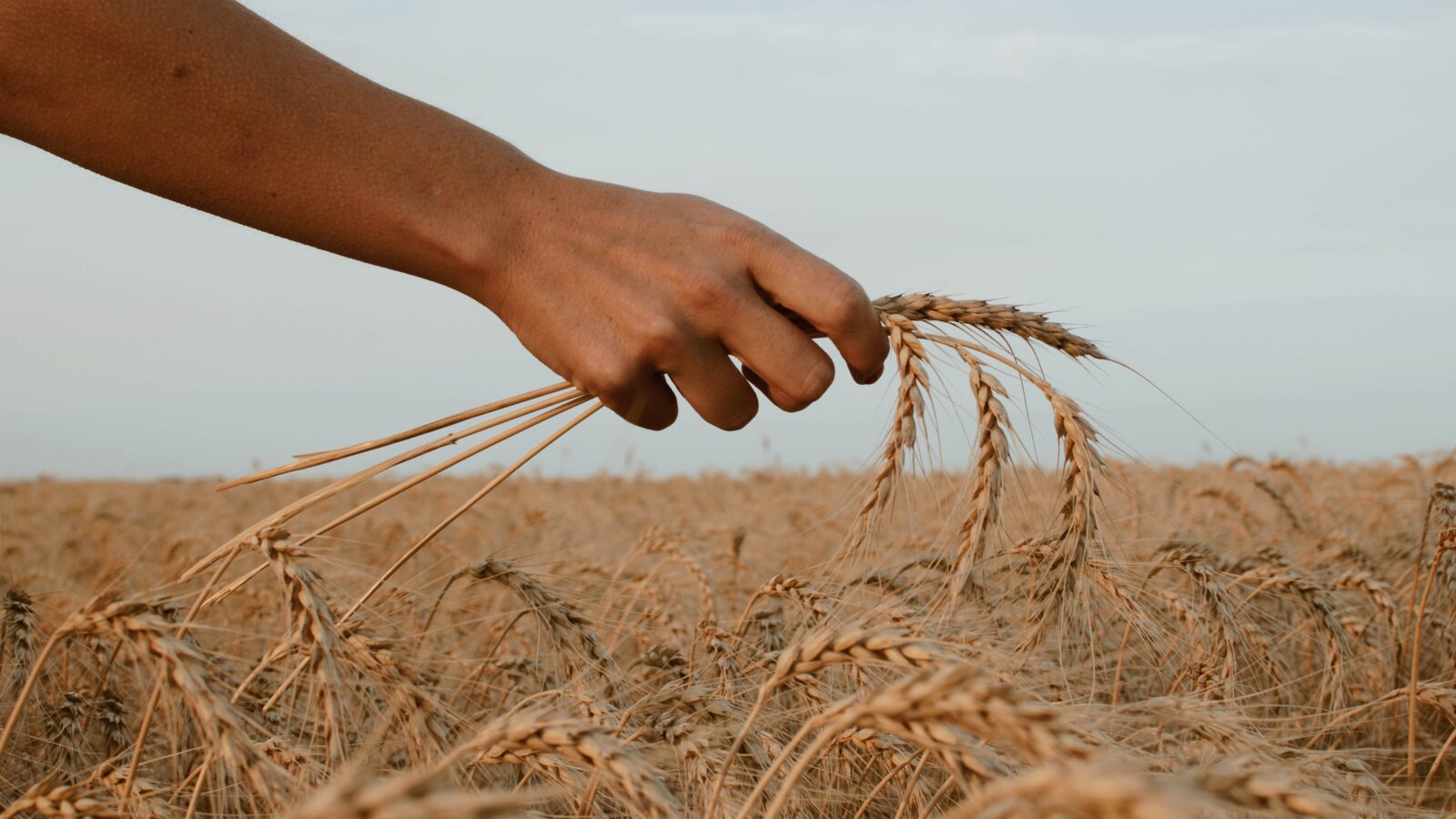
By Elizabeth Westendorf, Policy Specialist, U.S. Wheat Associates (USW)
When it comes to analyzing the sustainability of agricultural crops there is a tendency to apply generalized metrics or standards to a wide swath of scenarios. While there is value in using generalized metrics, broad stroke approaches can miss the small details that often make a big difference in regional situations. Seeing the whole forest is important, but sometimes you learn more by focusing a little more on individual trees.
Let us discuss wheat, for example. This is a crop with many specific advantages often not considered in a sustainability analysis. Farmers tend to grow wheat on marginal land areas that do not receive enough water for other agricultural production or in areas too cold or too dry for other crops. In some regions and systems, it plays a vital role in rotations with other row crops by providing residue in a soybean rotation and a water-saving role in irrigated corn or sorghum. In assessing wheat’s sustainability, generalized base metrics of water usage do not take in the whole picture. Wheat’s true sustainability should also include what it adds to the entire agricultural system, and how it complements other crops while providing an essential food grain for literally billions of people.
One area of wheat production that has been criticized for its sustainability in the past is Desert Durum® in the desert southwest United States. Unlike most other wheat production, Desert Durum receives almost all of its water from irrigation. However, it uses less irrigation water than many of the other crops grown in that region, and farmers are constantly working to increase irrigation efficiency.
A recent study by Dr. George Frisvold of the University of Arizona analyzed sustainability metrics for water use in Arizona small grain production and found that most generalized metrics of sustainability do not adequately reflect the true nature of this system. Wheat, and specifically Desert Durum, plays an important role in sustainable agriculture in the Southwest. Using wheat in a rotation with vegetables in this area increases farmer profit significantly and maximizes economic productivity of water use. In addition, the study showed that the amount of water necessary to produce one bushel of Desert Durum in Arizona has declined by 18 percent over the last 30 years.
In the case in desert wheat and durum production, as in other U.S. wheat producing regions, different systems and environments face different challenges and producers adapt with different sustainable solutions. A general measure can never fully capture all of those nuanced solutions comprehensively.


